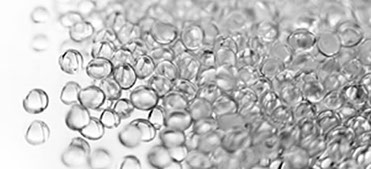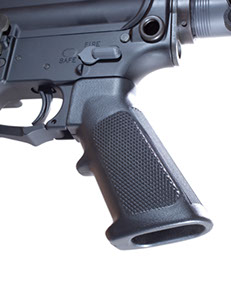 Click Here!
We're Here to Help!
Click Here!
We're Here to Help!
Injection molding is a manufacturing process for producing parts by injecting plastic or polymer material into a mold or die. Injection molding can be performed with a host of materials, but most commonly thermoplastic and thermosetting polymers. Material for the part is fed into a heated barrel, mixed, and forced into a mold cavity where it cools and hardens to the configuration of the cavity.

Injection molding utilizes a ram or screw-type plunger to force molten plastic material into a mold cavity; this solidifies into a shape that has conformed to the contour of the mold. Molds can be of a single cavity or multiple cavities. In multiple cavity molds, each cavity is identical and forms the same parts. Molds are generally made from tool steels, and are designed to process well over a million parts during their lifetime and can cost tens of thousands of dollars to fabricate.
When thermoplastics are molded, typically pelletized raw material is fed through a hopper into a heated barrel with a reciprocating screw. The screw delivers the raw material forward, mixes and homogenizes the thermal and viscous distributions of the polymer, and reduces the required heating time by mechanically shearing the material and adding a significant amount of frictional heating to the polymer. The material feeds forward through a check valve and collects at the front of the screw into a shot. Shot is the volume of material which is used to fill the mold cavity, compensate for shrinkage, and provide a cushion (approximately 10% of the total shot volume) to transfer pressure from the screw to the mold cavity.

When enough material has gathered, the material is forced at high pressure and velocity into the part forming cavity. Often injection times are under 1 second. The gate is normally the first place to solidify through its entire thickness due to its small size. Once the gate solidifies, no more material can enter the cavity; accordingly, the screw reciprocates and acquires material for the next cycle while the material within the mold cools so that it can be ejected and be dimensionally stable. This cooling duration is dramatically reduced by the use of cooling lines circulating water or oil. Once the required temperature has been achieved, the mold opens and an array of pins, sleeves, strippers, etc. are driven forward to demold the article. Then, the mold closes and the process is repeated.
A parting line, sprue, gate marks, and ejector pin marks are usually present on the final part. None of these features are typically desired, but are unavoidable due to the nature of the process. Gate marks occur at the gate which joins the melt-delivery channels (sprue and runner) to the part forming cavity. Parting line and ejector pin marks result from minute misalignments, wear, gaseous vents, clearances for adjacent parts in relative motion, and/or dimensional differences of the mating surfaces contacting the injected polymer.